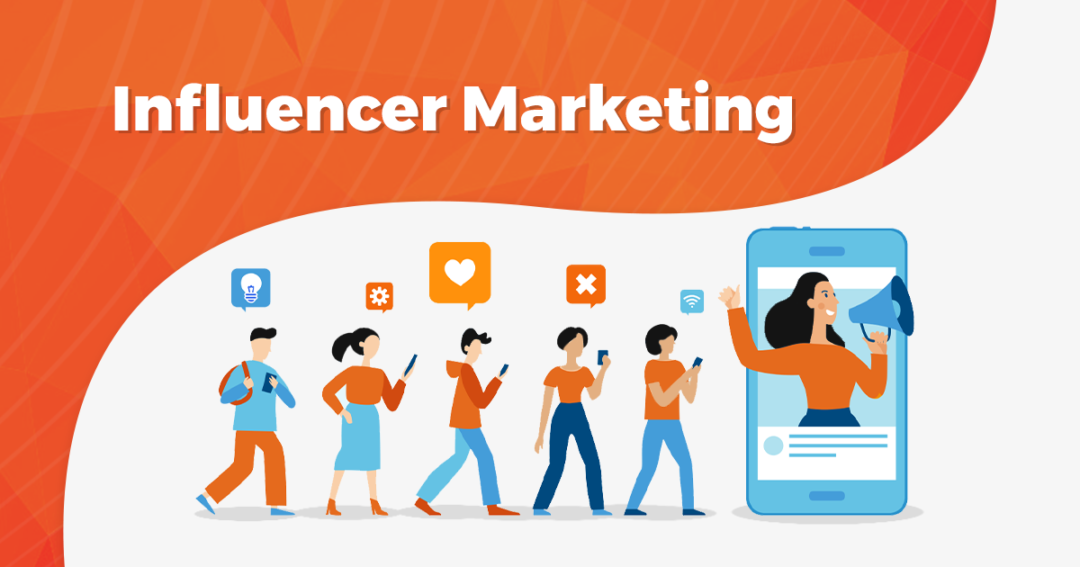Who is an influencer?
An influencer is someone who has the power to influence a larger audience and their purchasing decisions of others with their position, authority and relationship with the audience.
Why should a brand do influencer marketing?
Influencers can help you reach larger and potential consumers by using their authentic voice for your marketing strategy which also increases credibility and reliability. One of the main advantages of influencer marketing is mass appeal for your product/ service
Categories of Influencers:
1. Nano Influencers ( 1K-10K)
Nano influencers have followers ranging from 1K-10K.
2. Micro-Influencers (10K- 50K)
The influencers in this category have 10K-50K followers. Micro-influencers are niche-specific and thus have relevant audiences. They are trusted and evoke chances of credibility and confidence from their audience. They exist in larger numbers compared to mega or macro-influencers and have a positive affinity. This community of influencers are popularly known as niche-specific audiences.
3. Macro Influencers (500K- 1M)
The influencers with 500,000- 1,000,000 are called macro influencers.
Macro influencers have a chance to reach larger audiences. This community of influencers are broad in reach and have diverse audiences.
4. Mega Influencers (1M+)
A mega influencer is a high-rank category of influencers and has a million followers. Mega influencers provide brands with a larger reach at a higher cost.
They are usually more expensive than other categories of influencers. This community of influencers is more suitable for top-funnel marketing campaigns to promote products.
Nano Vs Micro Vs Macro Vs Mega:
|
Parameters |
Nano | Micro | Macro | Mega |
| Follower Count | 1K-10K | 10K-100K | 100K-1M | 1M+ |
| Engagement Rate | 4.4% | 2.4% | 1.8% | 0.7% |
How do I select the right category of influencers for my brand?
1. Identify your campaign goal
This is a very crucial step for the success of any influencer campaign. There can be a variety of goals you want to achieve, some of them can be:
- Awareness / Launch
- Product Promotion
- Sales
- App Installs
2. Determine your Target Audience
While choosing influencers for your brand, you need to make sure that the audience of the influencers is relevant for your brands considering the demographics like age, gender and location in order to reach potential customers.
For eg: For a brand like H&M will choose fashion, beauty and lifestyle Influencers.
Food bloggers and food influencers are irrelevant for a brand like H&M.
3. Content quality and Engagement rate
The engagement rate indicates how well the audience resonates with the content curated by influencers. it’s important to check whether their content quality is a fit for your brand image. While selecting an influencer it’s important to closely monitor their feed, well-composed creative.
4. Audience Quality
While hunting for influencers you may come across some abnormalities, fake followers and engagement.
Following are some of the abnormalities which should be avoided:
- Influencer’s audience quality is poor but has a large following.
- The number of followers is either too high or too low.
- A large number of influencers have a combination of the following traits like no profile photos, weird username, suspicious following to follower ratios. Repetitive or spammy comments.
Where can you find Influencers?
- Instagram hashtags
- Join Influencer marketing platforms
- By google search
Some successful influencer marketing campaigns:
Lays India smile deke dekho
Individually created personalised LAY’S packs that matched influencers’ smiles with flavour variants on world smile day. The campaign gained over 185 million impressions and 8.2 million engagements 75% influencer outreach.
For a brand to be out there it’s very important to hunt and leverage influencers. Don’t let the large numbers of followers fool you, remember audience and content quality is equally responsible for a successful campaign.


